10 Cash
1912, China, Hunan Province. Copper 10 Cash "18-Star Flag" Coin. Y-299. NGC AU+


Mint Year: 1912
Mint Place: Changsha
Denomination: 10 Cash
Region: Hunan Province
Condition: Certified and graded by NGC as AU (Details: Corrosion!)
Reference: Hsu-225, CCC-164, Duan-0820, CL-HUN.53, KM-Y-299.
Material: Copper
Diameter: 28mm
 The Wuchang Uprising was the Chinese uprising that served as the catalyst to the Xinhai Revolution, ending the Qing Dynasty – and two millennia of imperial rule – and ushering in the Republic of China. It began with the dissatisfaction of the handling of a railway crisis. The crisis then escalated to an uprising where the revolutionaries went up against Qing government officials. The uprising was then assisted by the New Army in a coup against their own authorities in the city of Wuchang, Hubei province on October 10, 1911. The Battle of Yangxia led by Huang Xing would be the major engagement in the uprising.
The Wuchang Uprising was the Chinese uprising that served as the catalyst to the Xinhai Revolution, ending the Qing Dynasty – and two millennia of imperial rule – and ushering in the Republic of China. It began with the dissatisfaction of the handling of a railway crisis. The crisis then escalated to an uprising where the revolutionaries went up against Qing government officials. The uprising was then assisted by the New Army in a coup against their own authorities in the city of Wuchang, Hubei province on October 10, 1911. The Battle of Yangxia led by Huang Xing would be the major engagement in the uprising.
On 10 October 1911 the 18-Star Flag was used during the Wuchang Uprising (in modern day Wuhan, Hubei Province), and on 11 October it became the flag of the Hubei Military Government.


Hunan is a province of the People's Republic of China, located in the middle reaches of the Yangtze watershed in South Central China; it borders the province-level divisions of Hubei to the north, Jiangxi to the east, Guangdong and Guangxi to the south, Guizhou to the west, and Chongqing to the northwest. With a population of just over 67 million as of 2014 residing in an area of approximately 210,000 km2 (81,000 sq mi), it is China's 7th most populous and the 10th most extensive province-level by area. The name Hunan means "south of Lake Dongting," a lake in the northeast of the province; Hu means "lake" while nan means "south." Vehicle license plates from Hunan are marked Xiāng (Chinese: 湘), after the Xiang River, which runs from south to north through Hunan and forms part of the largest drainage system for the province. Its capital and largest city is Changsha, which also abuts the Xiang River.
10 Cent 中华人民共和国 銅/镍
本组有 48 钱币 / 47 售价
⇑
150 coins were grouped from 2025-04-30 to 2025-05-07
其中一个是:
1 Florin 大不列颠及爱尔兰联合王国 (1801 - 1922) 銀 维多 ...
本组有 50 钱币 / 44 售价
⇑




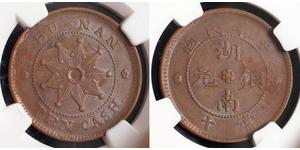
 English
English

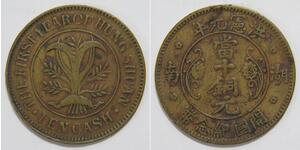

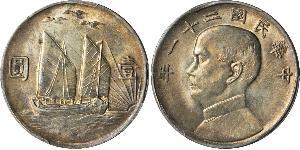
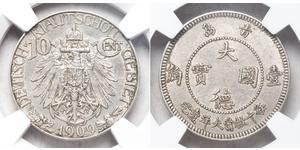
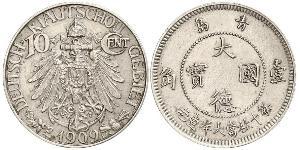
-300-150-NFEKbzbi_VgAAAFLIcbk0KjK.jpg)
-300-150-UcUKX9IS93YAAAFbhmyt4uEz.jpg)





